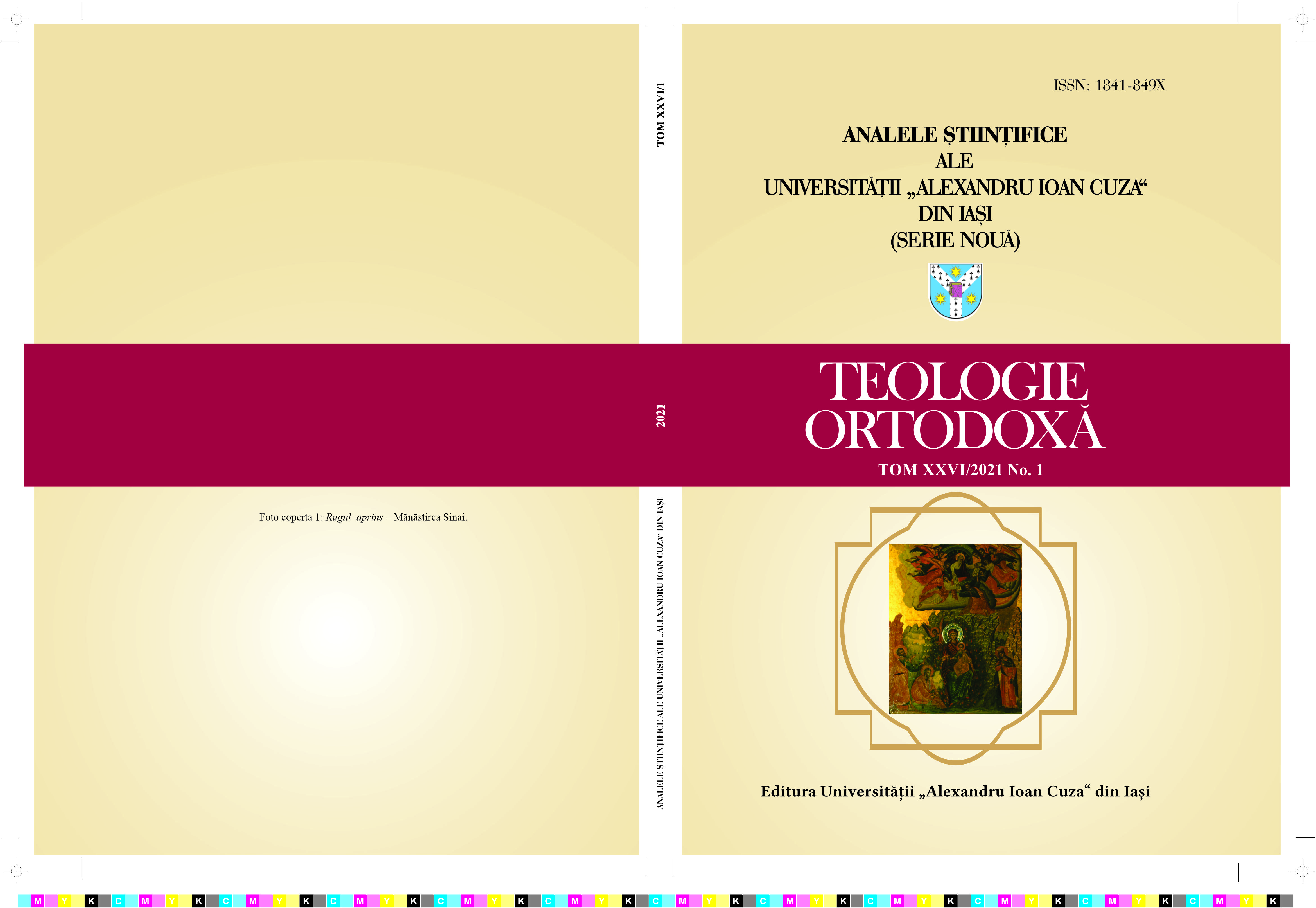The Education in Moldova. The Holy Three Hierarchs Monastery School
The Education in Moldova. The Holy Three Hierarchs Monastery School
Author(s): Adrian (Elisei) NEDESCUSubject(s): Christian Theology and Religion, Social Sciences, Education, Theology and Religion
Published by: Editura Universităţii »Alexandru Ioan Cuza« din Iaşi
Keywords: education; culture; identity; Vasile Lupu; personalities; teaching national language;
Summary/Abstract: The establishment of the Vasilian Academy was part of the responses of the Moldavian ruler, Vasile Lupu, to the cultural challenges launched by the Ottoman politics and both by the Catholic and Protestant doctrinal influence. The threat of losing one’s ethnic identity aroused the consciousness of the Moldovan intellectuals during the seventeenth century. Following the Kiev model, the strategic academic organization managed to bring together the same aspirations of the ruler and the metropolitans of the same nation, Varlaam of Moldova and Peter of Kiev. The purpose of establishing a cultural center in Iași (1640) was fulfilled as expected, most of the Moldavian intellectuals who influenced the country’s history being the product of the Holy Three Hierarchs Monastery School. They were faithful keepers of the identity of language, faith and nation. Like a bow over time, the homage of 381 years since the establishment of this impressive school in Moldova is not a recall of a successful initiative, but whose end occurred irretrievably sometime in history. On the contrary, Vasile Lupu’s school opened the perspective of cultural capitalization, being considered one of the founders of “Alexandru Ioan Cuza” University of Iași nowadays. Cultural initiatives end with strengthening the national identity and the need to share the intellectual spirit from generation to generation.
Journal: Analele Ştiinţifice ale Universităţii »Alexandru Ioan Cuza« din Iaşi. Teologie Ortodoxă
- Issue Year: 26/2021
- Issue No: 1
- Page Range: 149-161
- Page Count: 12
- Language: English

